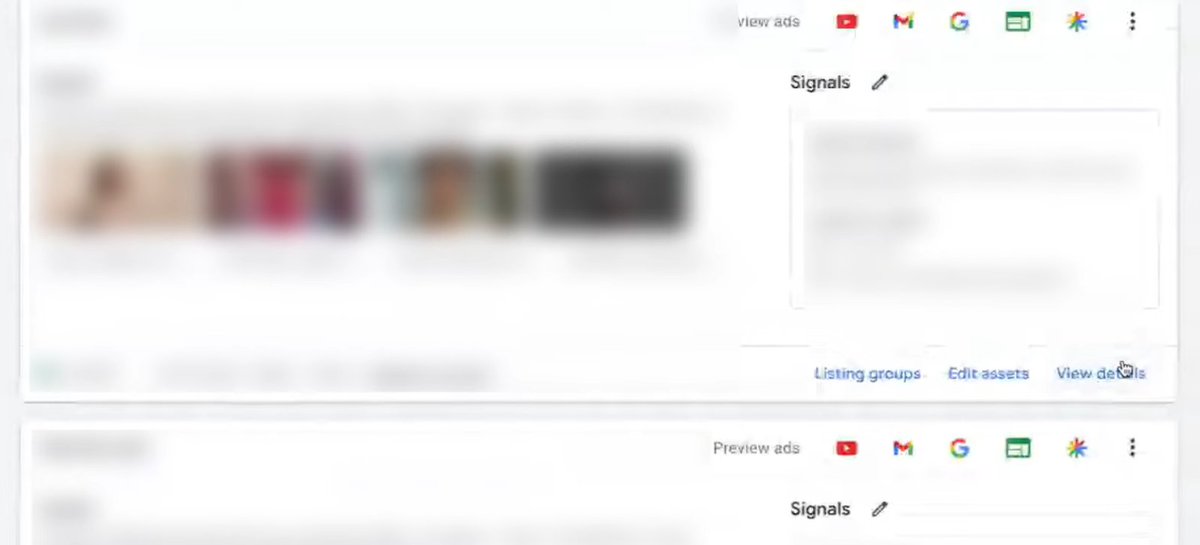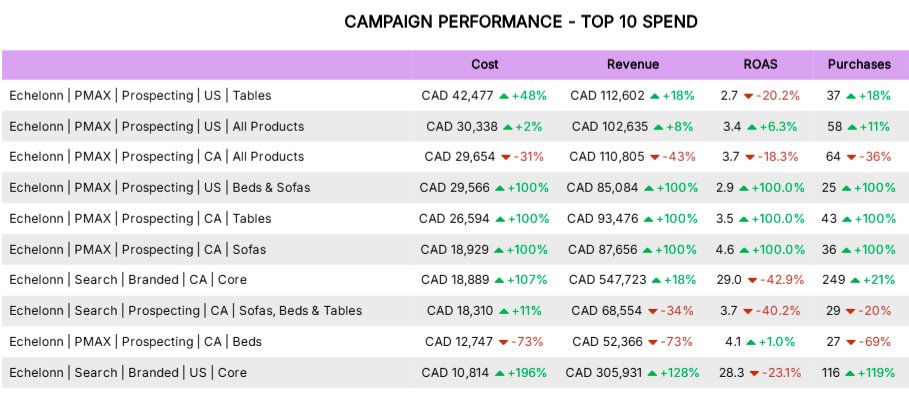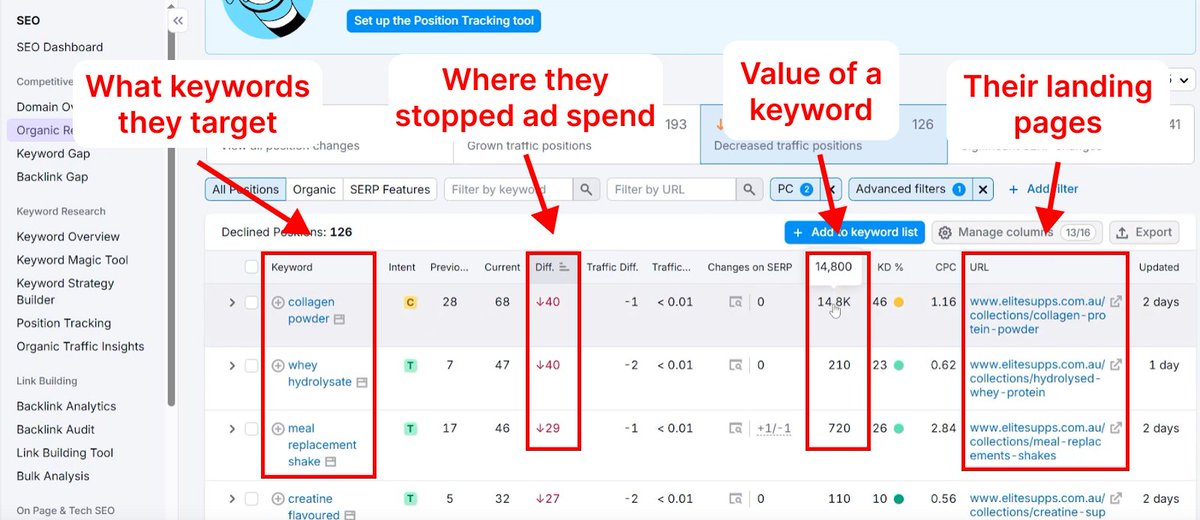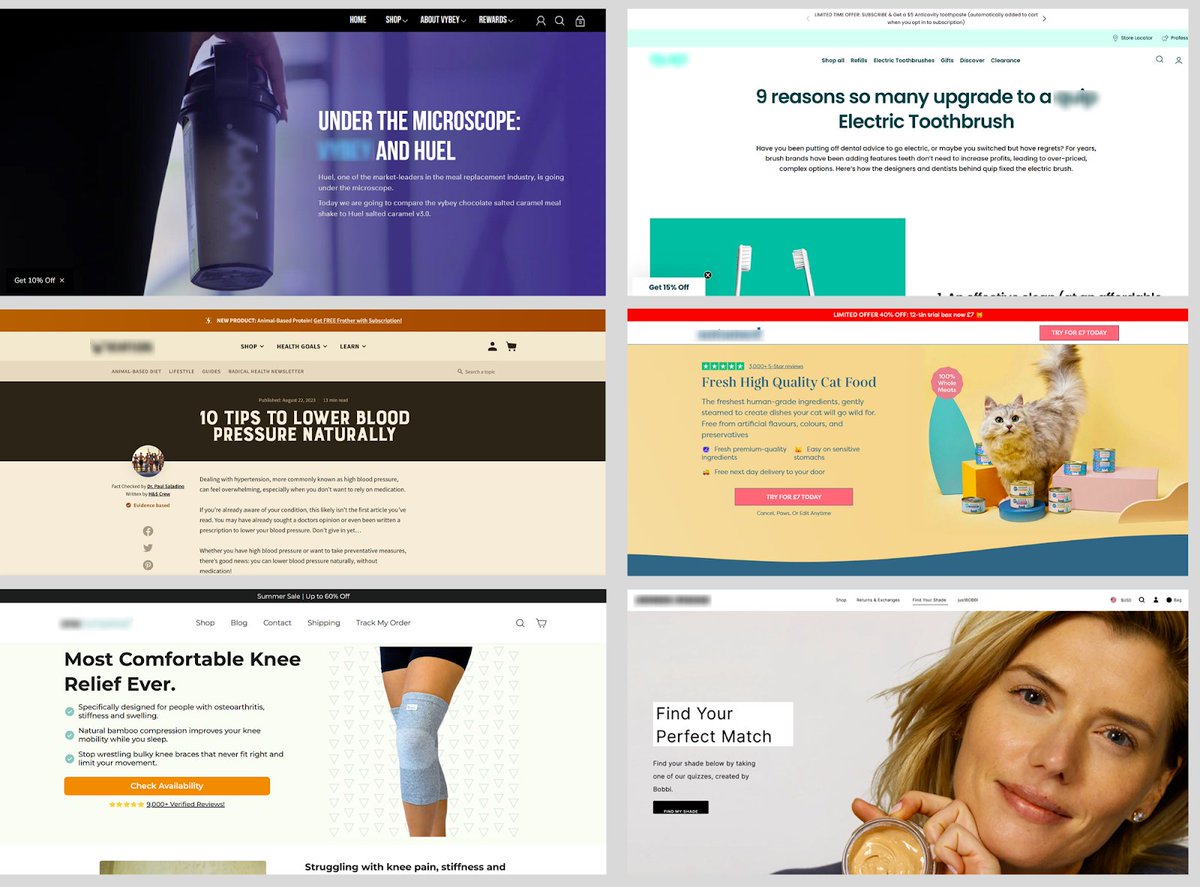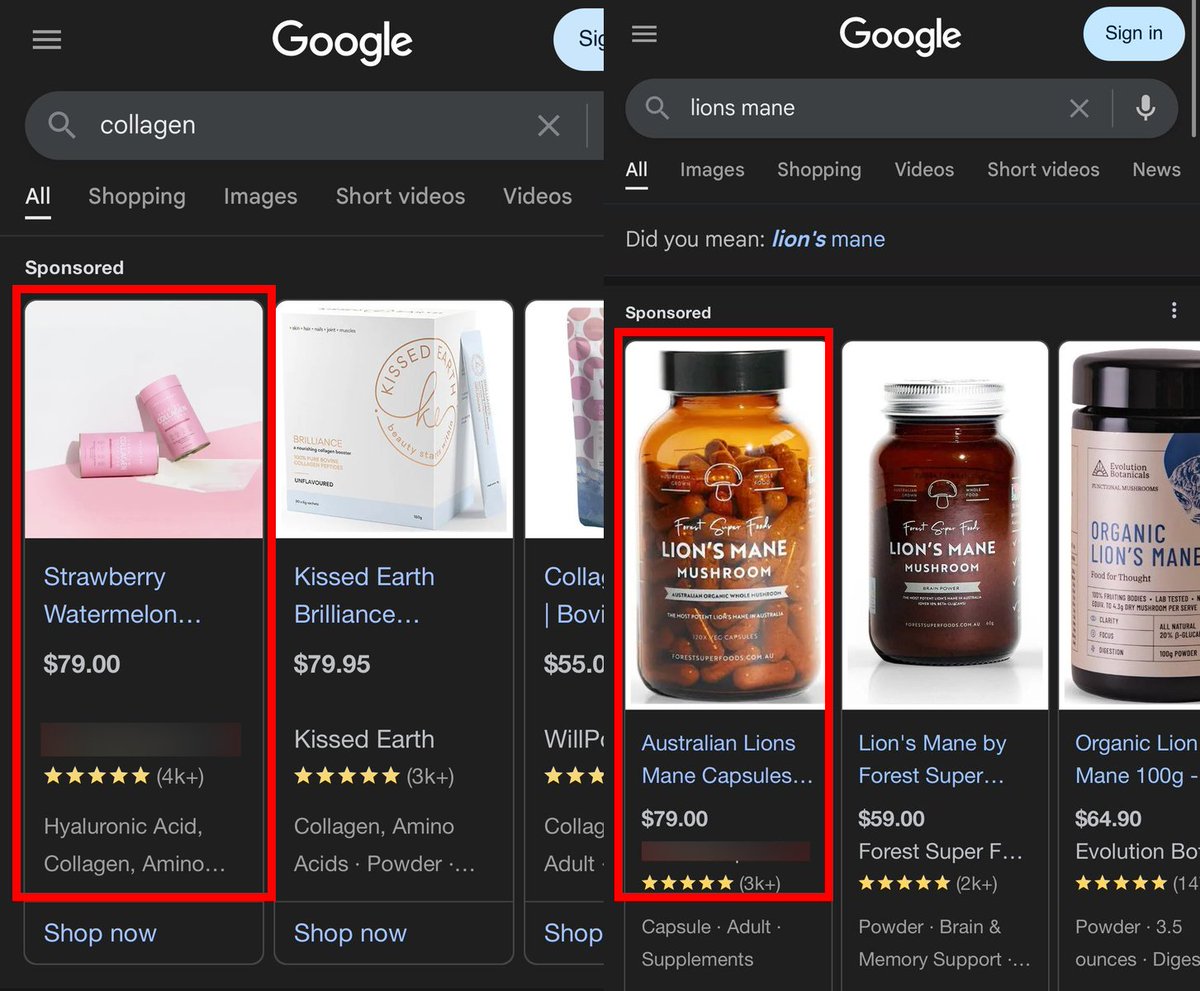A few tweaks to your Q4 strategy can multiply your revenue 2–5x.
We put our system in place for a wellness brand and transformed their Q4 revenue from €241K to €1.39M.
Here are 8 strategies that we used:
We put our system in place for a wellness brand and transformed their Q4 revenue from €241K to €1.39M.
Here are 8 strategies that we used:
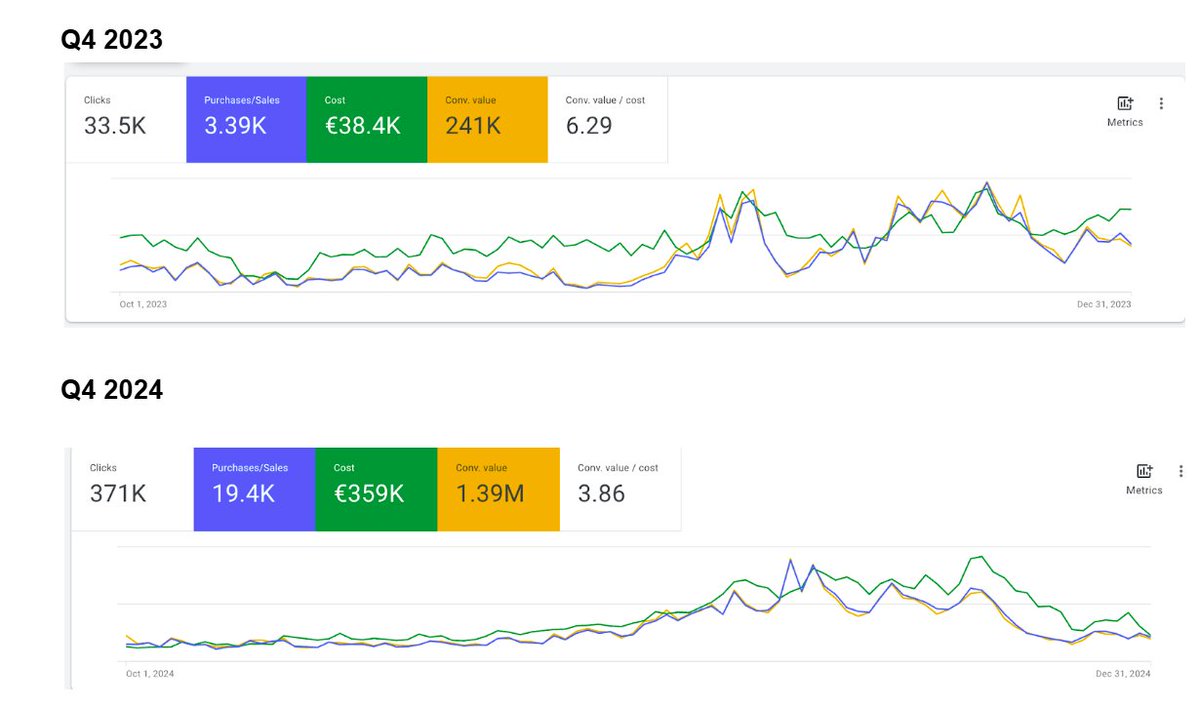
1. Warm up before the sale
Black Friday is super competitive.
Don't wait until the last minute to launch your ads.
Instead, run Google Ads several weeks before the sale to build demand early.
The strategy for this is pretty simple.
Black Friday is super competitive.
Don't wait until the last minute to launch your ads.
Instead, run Google Ads several weeks before the sale to build demand early.
The strategy for this is pretty simple.
Launch a Demand Gen campaign to spark early interest.
Set up early-bird opt-in landing pages for your BCFM offer.
Frame it as "Get early access to our biggest sale of the year."
When the sales begin, retarget these subscribers and convert them into buyers.
Set up early-bird opt-in landing pages for your BCFM offer.
Frame it as "Get early access to our biggest sale of the year."
When the sales begin, retarget these subscribers and convert them into buyers.

2. Build BCFM-theme pages
Don’t just throw a coupon code on your regular site.
We’ve seen CTRs jump when brands create dedicated pages for each offer.
Don’t just throw a coupon code on your regular site.
We’ve seen CTRs jump when brands create dedicated pages for each offer.
3. Target idea-based searches
During sales, many shoppers search for things like “black friday supplement deals.”
Create a new Search campaign with a dedicated page around this.
Just make sure to avoid overly broad terms that may drive irrelevant traffic.
During sales, many shoppers search for things like “black friday supplement deals.”
Create a new Search campaign with a dedicated page around this.
Just make sure to avoid overly broad terms that may drive irrelevant traffic.
4. Customize PMax asset groups
During BFCM, tailor your asset groups to the sale:
- Product images with discounts
- Videos highlighting your best deal
- Headlines that emphasize urgency (i.e, “Biggest BFCM sale ever”)
- Descriptions that spell out the offer
During BFCM, tailor your asset groups to the sale:
- Product images with discounts
- Videos highlighting your best deal
- Headlines that emphasize urgency (i.e, “Biggest BFCM sale ever”)
- Descriptions that spell out the offer
5. Re-activate lost buyers
During sales events, many buyers get overwhelmed and abandon their carts.
But a “no” today doesn’t mean “no” forever.
Roll out a "BFCM Extended" campaign with exclusive coupons to capture them.
During sales events, many buyers get overwhelmed and abandon their carts.
But a “no” today doesn’t mean “no” forever.
Roll out a "BFCM Extended" campaign with exclusive coupons to capture them.
6. Go after competitor traffic
This strategy capitalizes on the surge in shopping activity.
You have two options:
First, create a separate Search campaign using [exact] match on your competitors' names.
This strategy capitalizes on the surge in shopping activity.
You have two options:
First, create a separate Search campaign using [exact] match on your competitors' names.
Second, use YouTube or Demand Gen campaigns.
Navigate to “Custom Segment,” then select “People who browse websites similar to.”
Enter your competitors' websites.
This signals Google to find people who visit those sites.
Navigate to “Custom Segment,” then select “People who browse websites similar to.”
Enter your competitors' websites.
This signals Google to find people who visit those sites.
7. Use Seasonality Adjustment Tool
This feature helps Google anticipate spikes in conversion rates.
It allows campaigns to increase spend more aggressively.
This way, you can maximize your ad visibility and ROAS during peak periods.
This feature helps Google anticipate spikes in conversion rates.
It allows campaigns to increase spend more aggressively.
This way, you can maximize your ad visibility and ROAS during peak periods.

8. Add deals signals to your ads
This seems obvious, but many brands overlook this setup.
Configure everything that showcases the deal in your ads.
For Search campaigns, include:
- Updated headlines and descriptions
- New ad assets (callouts, sitelinks, promos)
This seems obvious, but many brands overlook this setup.
Configure everything that showcases the deal in your ads.
For Search campaigns, include:
- Updated headlines and descriptions
- New ad assets (callouts, sitelinks, promos)

For Shopping, set up:
- Strikethrough pricing
- GMC Promos
- Updated product titles (add terms like "Unique Black Friday Gifts")
- Strikethrough pricing
- GMC Promos
- Updated product titles (add terms like "Unique Black Friday Gifts")

These are the core strategies we use to deliver record months for our clients in Q4.
Applying just a few of these can have a big impact on your performance.
Go through this again and see what you can implement.
As always, my DMs are open if you’d like our help setting this up.
Applying just a few of these can have a big impact on your performance.
Go through this again and see what you can implement.
As always, my DMs are open if you’d like our help setting this up.
We followed a simple game plan to transform struggling accounts to $250K+/mo in profitable spend.
I put it in a roadmap you can steal and get the same results.
Grab it here:
resources.echelonn.io/8-week-google-…
I put it in a roadmap you can steal and get the same results.
Grab it here:
resources.echelonn.io/8-week-google-…
• • •
Missing some Tweet in this thread? You can try to
force a refresh


